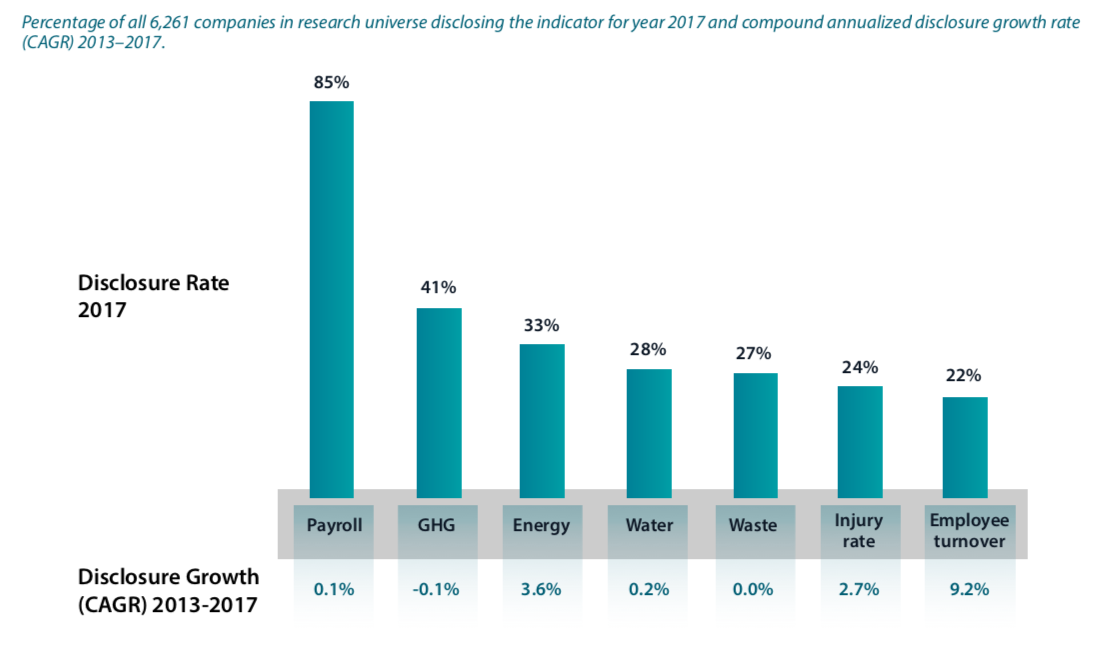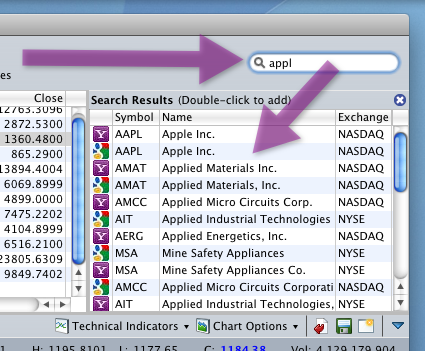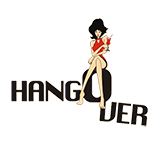Oligopoly Meaning, Definition, Types, Characteristics and Examples
Contents
The parties involved in the market activities are the sellers and the buyers. The market is presented as a form that is for the cultural advantage of the general public. The market structure comprises different types of markets, and the structures are portrayed by the nature and the level of competition that exists for the goods and services in the market. The forms of the market, both for the products market and the factor market or the service market, is to be decided by the idea of rivalry that is winning in a specific kind of market.
- Apple iOS and Google Android dominate smart phone operating systems.
- On comparing that with Adidas, we see that they also have similar celebrity endorsements, have a social media outreach, and a mission to be a leading sports brand.
- Each firm is a price maker but at the same time, each firm keeps a close watch on activities of the rival firms.
- Indian brokerages, which traditionally release picks for the new year in this seasons, are bullish this time on mid-sized names that are focused on reopening of business and travel activity in India.
The Reliance-Future deal will put Reliance Retail beyond the reach of most players. Reliance Retail will add 1,500-1,700 more stores to its existing network of 13,000 stores across more than 7,000 cities and towns across India. The distant second will be D'Mart with close to 250 stores. Sectors, including cigarettes, non-banking finance companies , small cars, paints, adhesives, baby milk powder, hair oil, pharma APIs and health diagnostics, also throw up such examples. In the last couple of years, many large businesses fell by the wayside as mounting debt forced them to distress-sell or sell their assets after being put through the insolvency process. Reliance Communications, Reliance Infratel, Essar Steel, Bhushan Steel, Future Retail and Videocon Industries were sold off either through merger & acquisition (M&A) deals or the insolvency process.
Market Structures – Monopoly, Oligopoly, Monopolistic, Perfect Competition
Hence, their exist cut throat competition among the firms and very high degree of inter-dependence. Oligopoly It is a form of market in which there are few large firms which sells both homogeneous as well as differentiated products. Two important forms of oligopoly are collusive oligopoly and non-collusive oligopoly. Oligopoly – Oligopoly is a form of market in which there are a few big firms and a large number of buyers of a commodity . Price and output decision of one firm significantly impacts the price and output of decisions of the rival firms in the market.
Information about Example of Oligopoly other than Indian Railways!? Find important definitions, questions, meanings, examples, exercises and tests below for Example of Oligopoly other than Indian Railways!?. This article aims to throw some insights into the nature of the market of the sports goods industry and how Nike functions in this environment. Other examples of Oligopoly can be fixed broadband services or Fuel retailing.
Mobile phone operators market in India is an example of
If they are not successful in attracting the customers, they offer more convenience, products & services for free or at reasonable prices. Mainly there will be a bloodbath to acquire & retain the customers. Premium refined edible oil segment has maintained its market leadership with a share of 73%. ‘Parachute’ on the other hand holds a market share of 59%.
Is Mercedes Benz an oligopoly?
The top four firms in this oligopoly are BMW, Mercedes, Buick, and Cadillac, and they account for 52% of the market, which is one of the main differences between an oligopoly and monopolistic competition.
The wider and deeper is the moat, the more protected is the castle is. In the business world, these Moats are either barriers to entry like huge capital, government restrictions, or business advantage that a company has made it hard to compete with them. The sportswear and sports goods industry is dominated by very few global players, like Adidas, Nike, Fila, Puma, Champion, Wilson, etc. who clash in almost every market, thereby creating similar oligopolistic conditions globally. We classify Oligopolies into various types, depending upon product differentiation ability and firm’s collusive behavior.
MARKET STRUCTURES IN AN ECONOMY
Collusive oligopoly It is a form of market in which there are few firms in the market and all decide to avoid competition through a formal agreement known as cartils i.e. they decide to cooperate rather to compete. These barriers can be of different types such as patent rights, very high arthur andersen india initial capital investment, full control over raw material resources of existing firms etc. There is only one firm in the industry and has no competitor, so it can increase or decrease price of its product, it has full control over price, so it has Independent Decision Making Power.
- According to experts, some of these businesses have created entry barriers – regulatory or technology driven – which are insanely high.
- CAs, experts and businesses can get GST ready with ClearTax GST software & certification course.
- The products are differentiated in this type of Oligopoly Market, for example, the Talcum Powder Industry.
- Trade Brains is a Stock market analytics and education service platform in India with a mission to simplify stock market investing.
- In this strategy the industries are allowed to sell their product through a centralized syndicate.
Regulators have to be farsighted to spot emerging dominant firms. The SC judgment in the AGR case has added to the woes of the industry. In effect India’s telecom industry has now become a duopoly. Both these giants are alleged to rank priority to some sellers, using the data & selling their own branded products, which leads to the loss of revenue of other sellers who are their partners. As for now, these allegations are being investigated & probed by CCI. Both companies are being criticised for charging hefty commissions from restaurants & regarding platform neutrality which means giving more priority to their favoured sellers/partners.
Monopolistic competition:
Such conditions, hence lead to unhealthy competition among the players as they are always up to grab the ever-shrinking market share. Such conditions also offer very limited choices to the customers/ buyers. Some thriving examples of oligopoly market are branded sportswear and sports goods , entertainment , e-commerce , telecom , airlines , etc. Marketing functions such as transportation, storage, https://1investing.in/ financing and dissemination of market information, have a great bearing on the type of market structure. Recent policy encourages group marketing or operation of producer groups and this is likely to reduce the number of buyers and/or sellers actually taking part in marketing functions. Government policies with regard to purchases, sales and subsidies affect the performance of market functions.

They assess the demand of prospective buyers and processors from time to time, and plan the movement of the goods over space and time. The behaviour of an integrated market will be different from that of a market where there is no or less integration either among the firms or of their activities. Market structure is the formal organization of the functional activity of a marketing institution.
A company becomes a monopoly with a significant market share & is trying to beat other players & in some way also trying to curb new entrants in their industry. Although the company has diversified into a conglomerate in the last century. Despite this, its cigarette business still holds 77% a strong position in the Indian markets.

From the marketing point of view, this surplus is more important than the total production of commodities. The arrangements for marketing and the expansion of markets have to be made only for the surplus quantity available with the farmers, and not for the total production. This is because, only a portion of the total production is sold in the market after personal consumption by the members of farm household and retention in the farm for several reasons. They simply wander about in the market and render services to clients. They do not render any other service except to bring the buyers and sellers on the same platform.
When the firms are in cooperation with each in setting up prices or output of the products, it is known as a collusive oligopoly. When the firms produce differentiated products, then it is termed as a differentiated or imperfect oligopoly. Monopolistic competition- There are still a large number of buyers as well as sellers.
